I want a MOSFET for my project which is a motor driver. But after going through the datasheet I got confused what to look for.
My current rating for the motor is 21 A. So I want a MOSFET which can handle around 25-30 A. The lithium polymer battery voltage is 11.1 V.
Microcontroller voltage = 5 volts
Brushless motor rating = 21 A
Lithium polymer batteries - 11.1 volts
